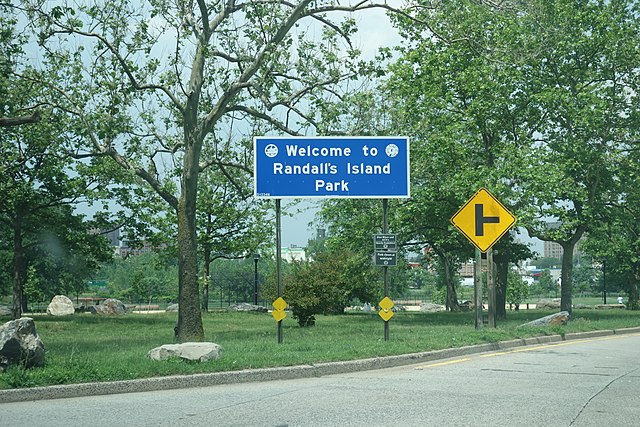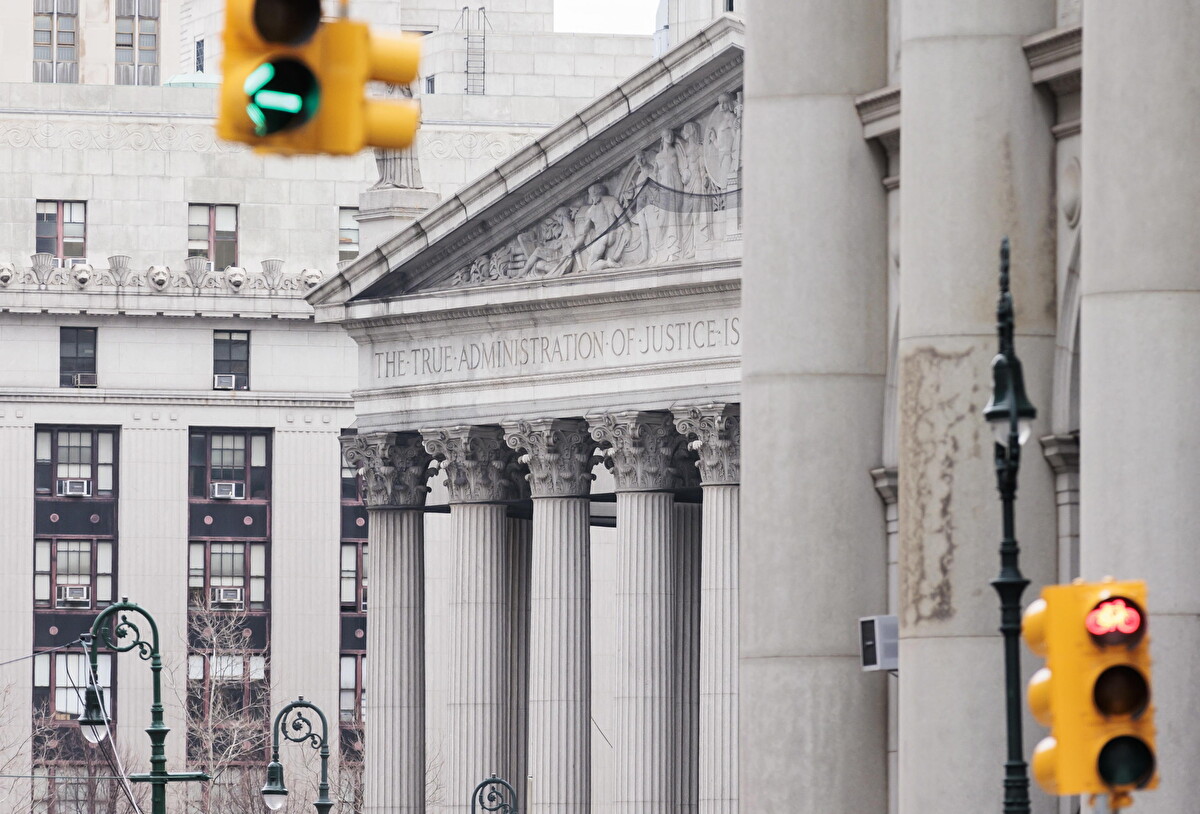When Liz Hurtado first noticed the sprawling tent shelter for migrants on Randall’s Island last August, she began to alter her routine. The 37-year-old East Harlem resident, who used to run along the pedestrian bridge connecting the island to her neighborhood, admittedly preferred avoiding the area. The once peaceful route, she told Gothamist, had become a place where catcalls and chaotic moped traffic were now part of her daily exercise.
Other residents, like Lisbeth Quiñones, have voiced even stronger objections. The 51-year-old laments the impact the shelter has had on the park. “They don’t keep the park clean… They ruined it” – underscoring a growing divide between longtime locals and the newly arrived migrants.
Randall’s Island has long been a space where New Yorkers could escape the hustle of city life. Yet, the recent influx of migrants, coupled with the establishment of a 2,200-person shelter, has shifted the dynamic. Complaints about loitering, noise, and trash have mounted, as tensions between residents and the shelter’s occupants continue to rise.
For the migrants themselves, Randall’s Island represents both a refuge and a prison. Many have fled persecution and turmoil in their home countries, only to find themselves in a limbo, unable to work legally and living in overcrowded conditions. “It’s like a jail,” said Jose Balbuena, a 26-year-old from Venezuela, who described the rows of cots, frequent thefts, and pervasive tension inside the shelter.
The shelter’s proximity to East Harlem has led to concerns about safety, particularly after a spate of crimes involving shelter residents. Major crimes on Randall’s Island have more than doubled over the past year, though officials are quick to note that the per-capita crime rate has remained stable due to the island’s swelling population. Nonetheless, recent incidents like a fatal shooting and a stabbing near the shelter have fueled anxiety among locals and renewed debates over public safety and the efficacy of large-scale shelters.
The response from local authorities has been mixed. Increased police patrols and security measures have been implemented, and the shelter itself has been downsized by 800 people in recent weeks. New York City Mayor Eric Adams has acknowledged the strain that such massive shelters can place on communities and has promised further reductions as fewer migrants arrive. However, finding alternative locations for these shelters has proven difficult, with many neighborhoods resistant to hosting them.











